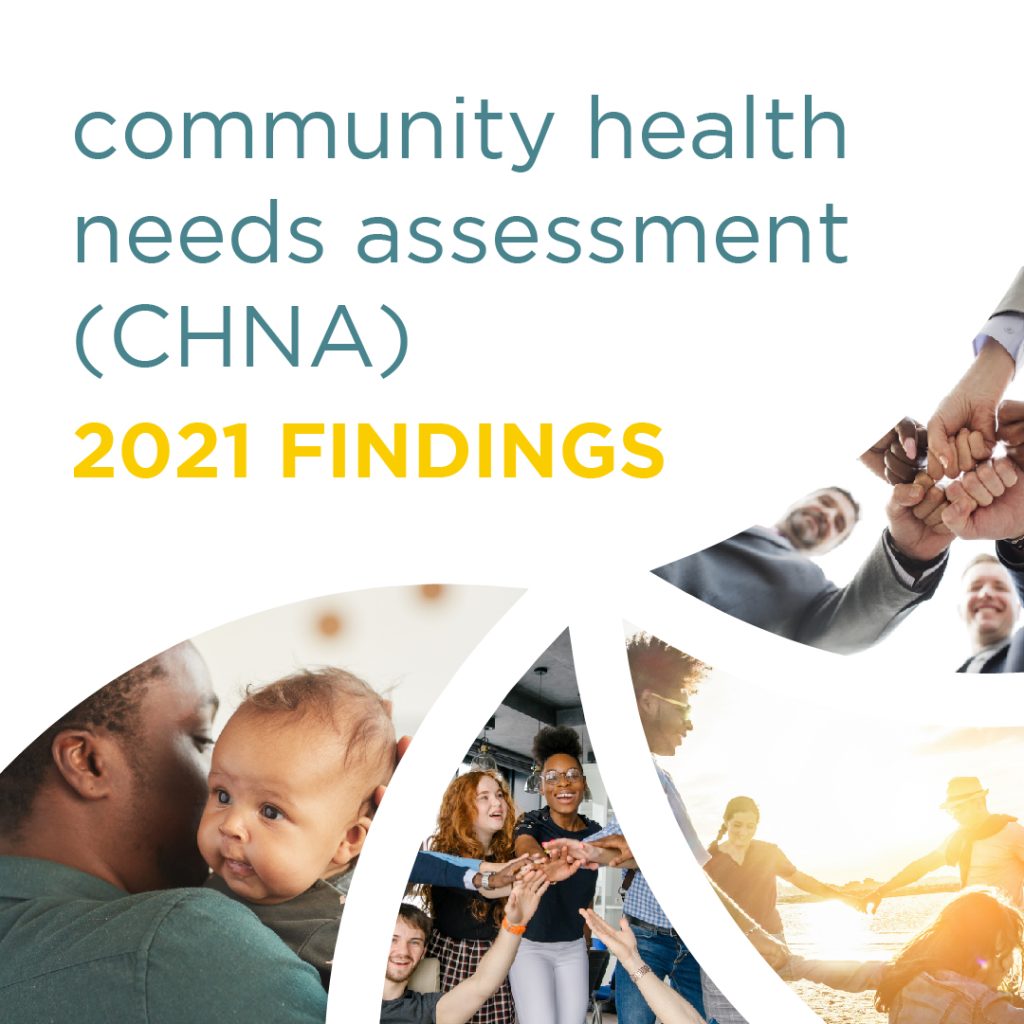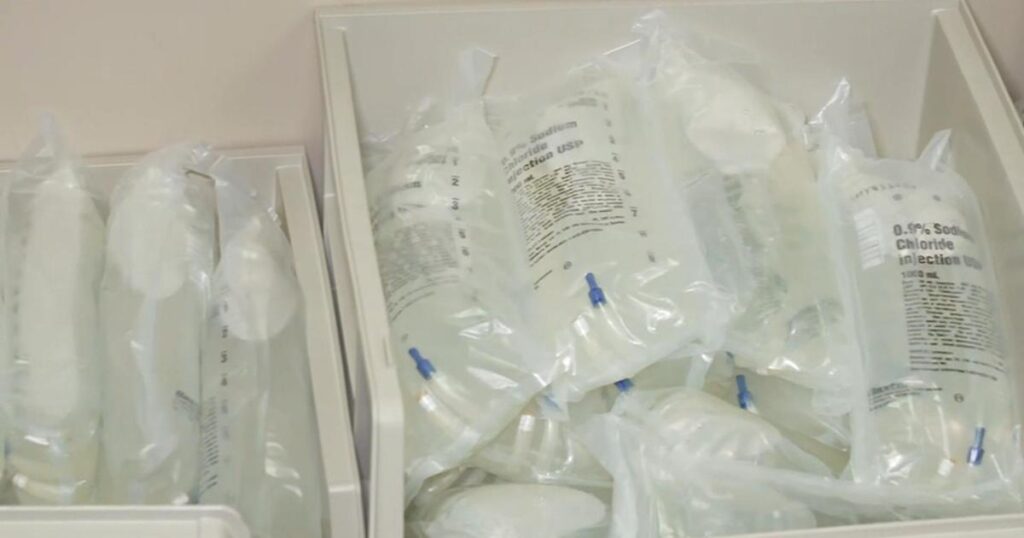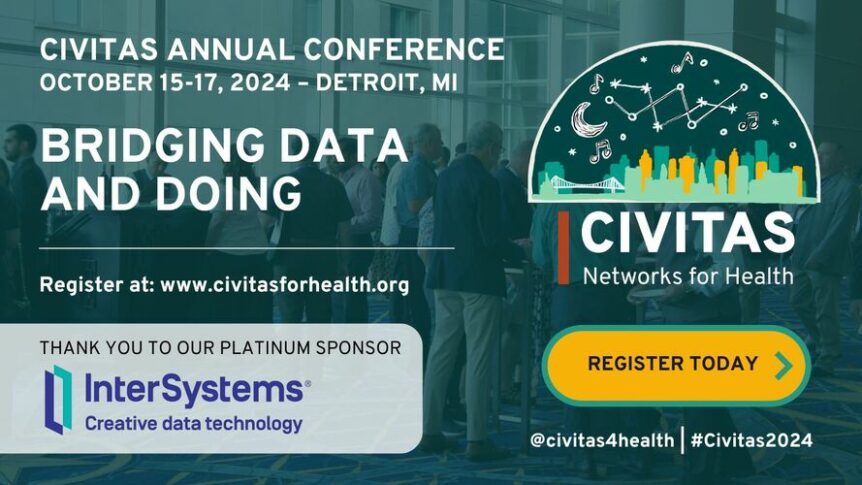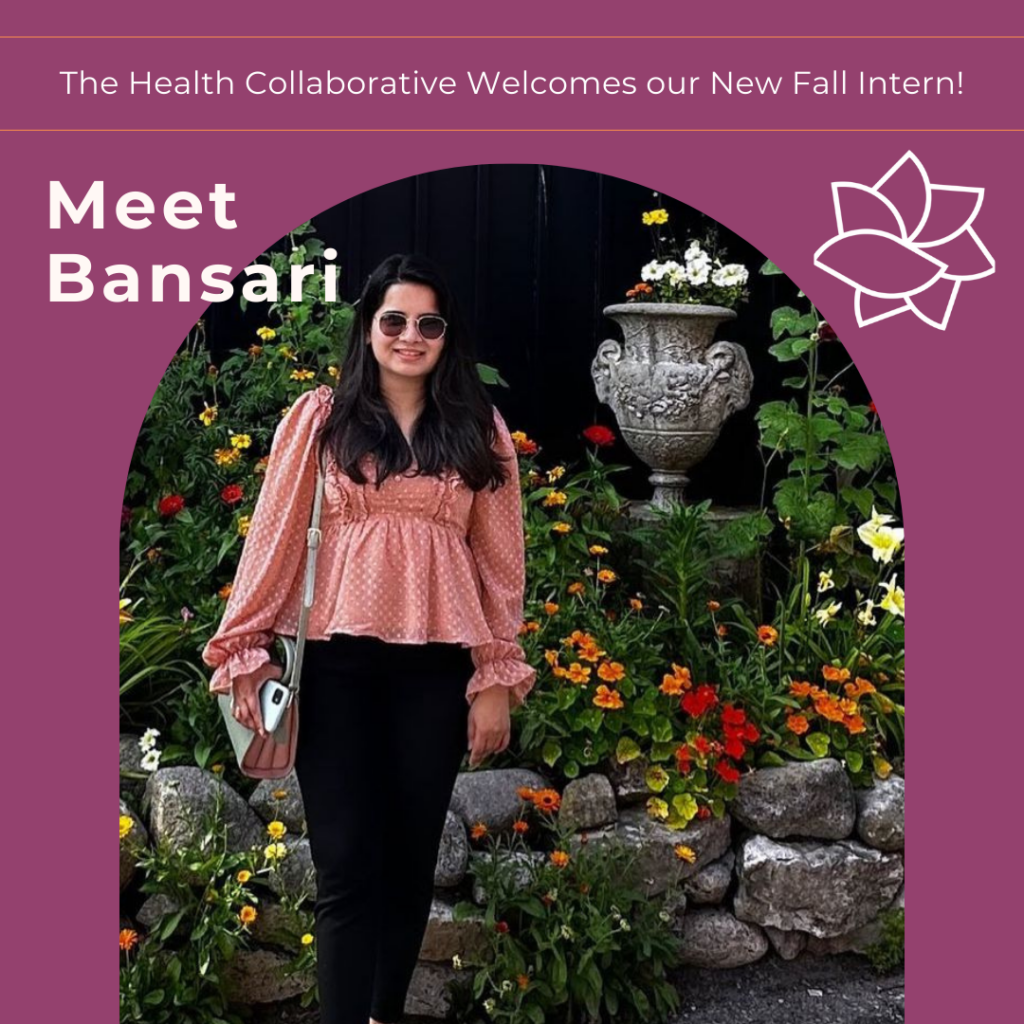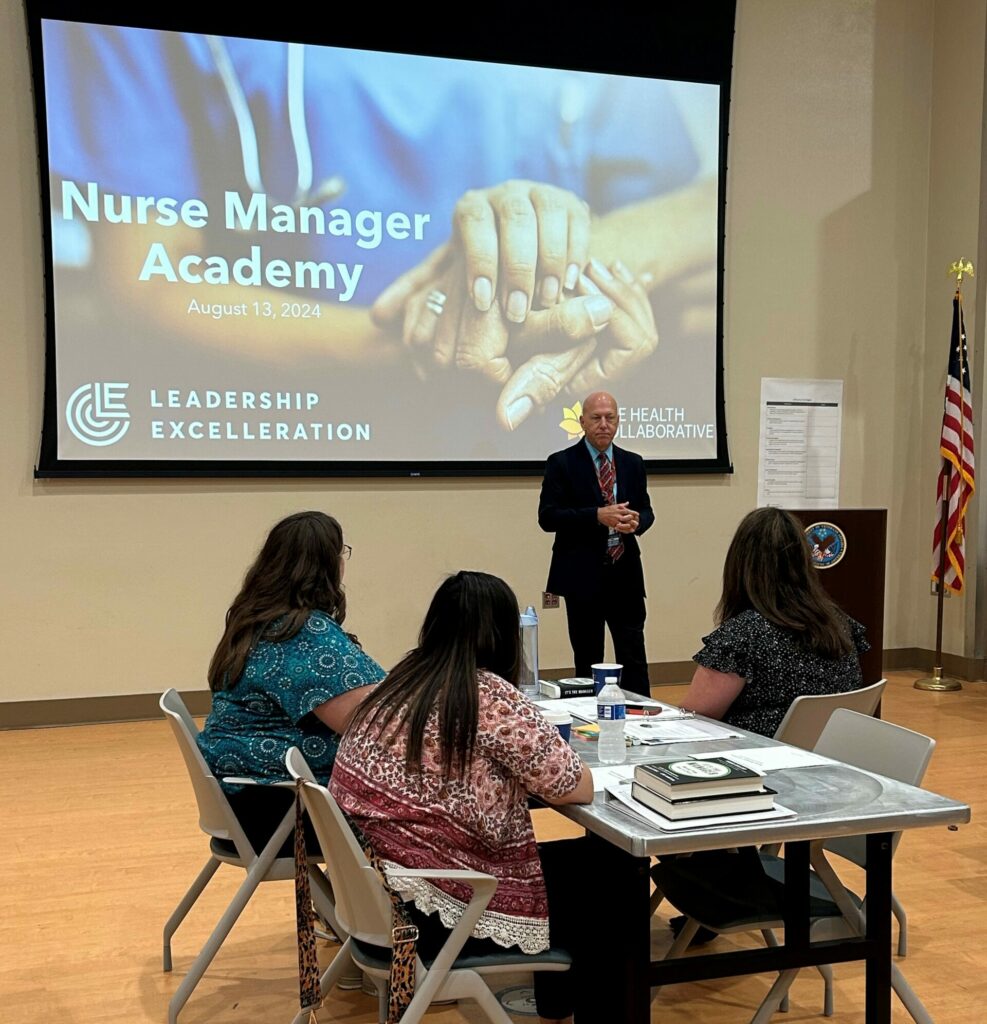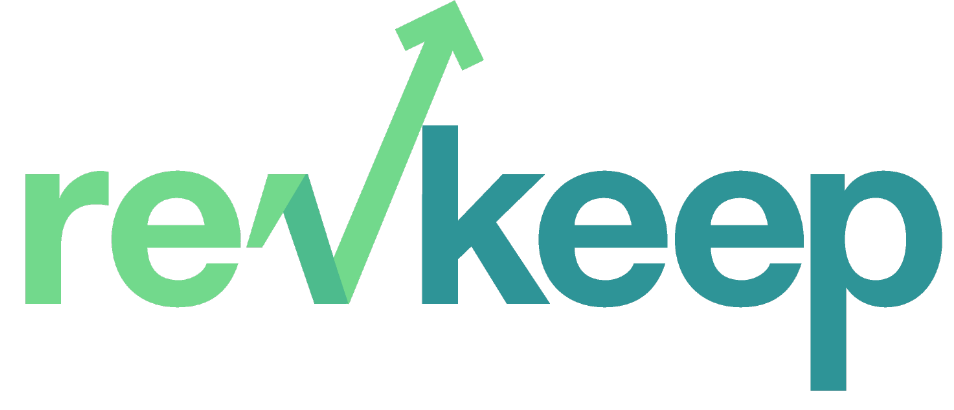MEDIA CONTACT:
Shannan Schmitt
Senior Director, Communications and Development
(513) 247-5253
Assessment identifies behavioral health, heart disease, vision and dental care as top health needs
CINCINNATI – More than 10,000 residents, non-profits, healthcare and social service providers, and countless organizations in Greater Cincinnati/Dayton have identified access to care (behavioral health, heart disease, dental, and vision), access to resources for food and housing, and workforce pipeline and diversity as top priorities.
For the fourth time, the Community Health Needs Assessment (CHNA) has identified the region’s top unmet health needs and barriers in access to care. The collaboration was facilitated by The Health Collaborative (THC), in partnership with the Greater Dayton Area Hospital Association (GDAHA) and Measurement Resources Company, and includes partnerships with 36 hospitals, 22 health departments, across 26 counties in Greater Cincinnati and the Greater Dayton Area, southeast Indiana, and northern Kentucky.
The top priorities reflect comprehensive, inclusive, and representative data collection from all participants. Community data was collected from April 2021 through June 2021.
“Cross-sector partnerships are critical to improving health and prioritizing the needs of our community members,” said Craig Brammer, CEO, The Health Collaborative. “Assessments like this CHNA provide key insights and allow organizations to design systems of care that are more responsive to community needs, resulting in better health outcomes.”
Because physical, environmental, and behavioral factors greatly impact health conditions, this CHNA focused on the social determinants of health and the underlying structural barriers that impact the health of residents.
“As a health system, we have lots of data, but we know that data only tells us part of the story. The CHNA is an important opportunity for the community to educate us, as healthcare leaders and providers, on the realities of health in their own homes, schools and neighborhoods,” stated Gina Hemenway, Executive Director of Community Health, Bon Secours Mercy Health. “It should go beyond the typical boundaries of health and healthcare and encourage us to reimagine how we approach our work inside the health system as well as how we partner outside of it.”
Now in the Community Health Improvement Plan (CHIP) phase, THC, GDAHA and partner Cohear will be convening a diverse group of experts from healthcare systems, public health, community-based nonprofits, and those with lived experience to produce a plan that will provide an actionable roadmap of evidence-based, cross sector strategies to address the top health needs and priorities as identified in the CHNA. This CHIP, to be completed in the second quarter of 2022, can serve as the collective health agenda for the region, and can be implemented by hospitals, local health departments, community health centers, and community-based organizations to reduce health disparities and work towards health equity for all.
###
About The Health Collaborative
The Health Collaborative is a non-profit organization that leads data-driven improvements that result in healthier people, better care, and lower costs. For more information about The Health Collaborative, visit healthcollab.org.

